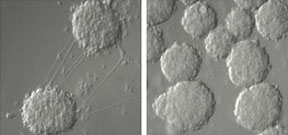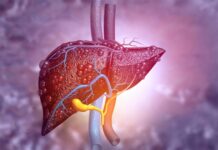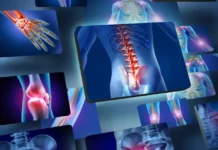 WASHINGTON: In a first, researchers have used human skin cells to create insulin-producing cells that respond to glucose and correct blood-sugar levels in diabetic mice.
WASHINGTON: In a first, researchers have used human skin cells to create insulin-producing cells that respond to glucose and correct blood-sugar levels in diabetic mice.
The findings may represent a first step toward developing patient-specific cell replacement therapy for type 1 diabetes, researchers said.
Researchers at the University of Iowa (UI) reprogrammed human skin cells to create induced pluripotent stem (iPS) cells, which were then coaxed into forming insulin-producing cells.
When these cells were transplanted into diabetic mice, the cells secreted insulin and reduced the blood sugar levels of the mice to normal or near-normal levels.
Although the cells were not as effective as pancreatic cells in controlling blood sugar levels, researchers said that the results are an “encouraging first step” toward the goal of generating effective insulin-producing cells that can be used to potentially cure type 1 diabetes.
“This raises the possibility that we could treat patients with diabetes with their own cells. That would be a major advance, which will accelerate treatment of diabetes,” said Nicholas Zavazava, UI professor of internal medicine.
Zavazava’s team is among several groups aiming to create an alternative source of insulin-producing pancreatic cells that can be transplanted into patients with type 1 diabetes.
However, the UI study is the first to use human iPS cells to create the insulin-producing cells.
Creating these cells from a patient’s own cells would not only eliminate the need to wait for a donor pancreas, but would also mean patients could receive transplants without needing to take immunosuppressive drugs.
In the mouse study, the insulin-producing cells were placed under the kidney capsule – a thin membrane layer that surrounds the kidney – where they developed into an organ-like structure with its own blood supply.
This new “organ” secreted insulin and gradually corrected the blood sugar levels in the diabetic mice over a period of several months. In addition, after the mice became normoglycemic, the glucose levels stayed steady.
By developing the cells in a stepwise fashion, the UI team was able to collect and use only those cells that would develop into pancreatic cells.
This meant they were able to remove very immature (undifferentiated) cells that could form tumors.
The study is published in the journal PLOS ONE. -PTI






